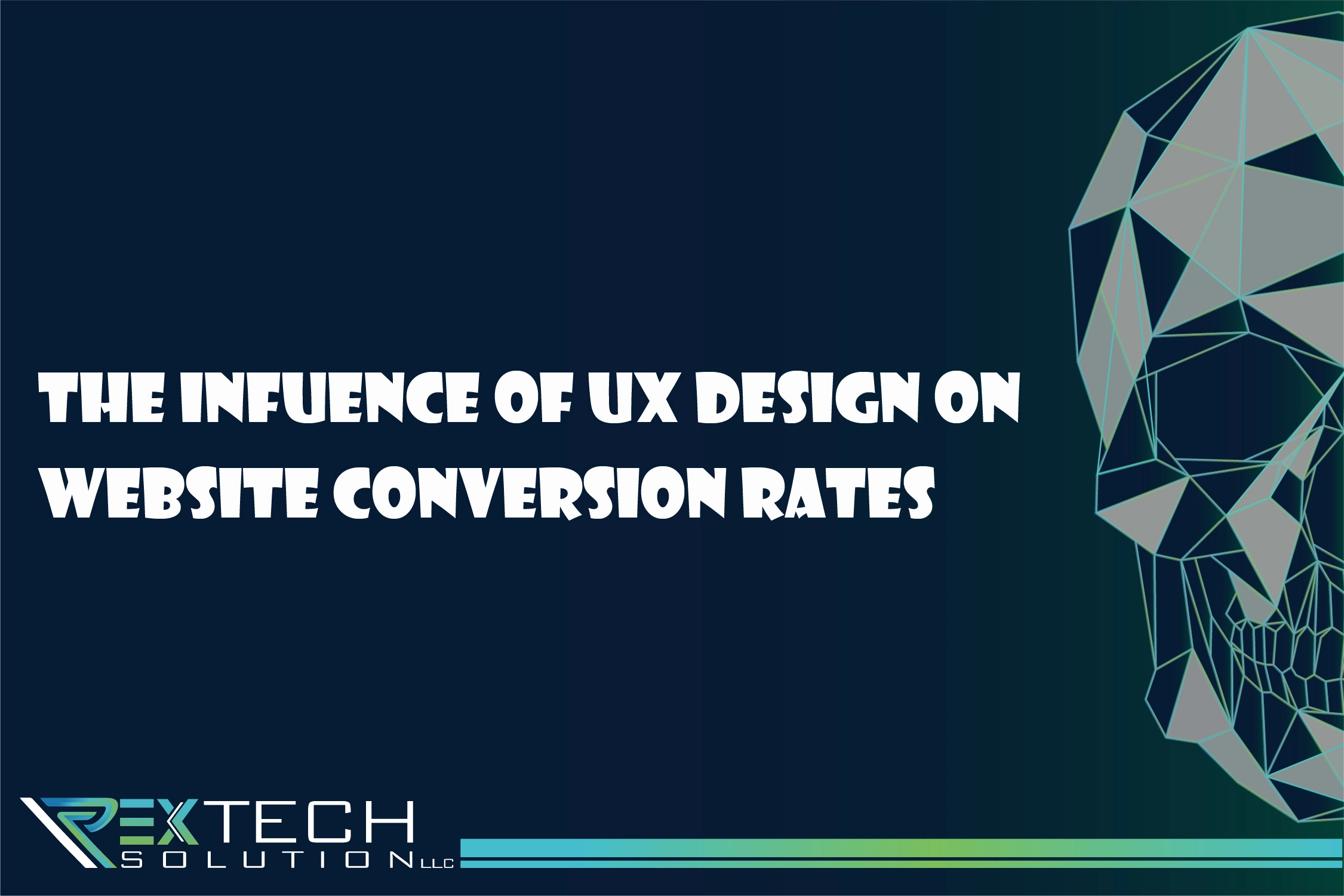Websites are the primary means by which businesses express themselves in the wide digital realm, where attention spans are short and competition is intense. In addition to drawing visitors, a well-designed website turns them into devoted clients. User experience (UX) design has become one of the most important factors determining website conversion rates in this digital age. In-depth analysis of UX design’s significant influence on website conversion rates is provided in this piece, along with tips for optimizing it for better outcomes.
Understanding UX Design
Understanding what UX design comprises is crucial before exploring its impact on conversion rates. All aspects of a user’s engagement with a website, including as usability, accessibility, and general contentment, are included in user experience design. Its main goal is to provide smooth, intuitive user experiences that satisfy consumers’ requirements and expectations in order to increase engagement and encourage conversions.
The Connection Between Conversion Rates and UX Design
There is no denying the relationship between conversion rates and UX design. User behavior can be greatly impacted by a well-designed UX design, which can affect the choices of users to continue exploring, interact with the material, and eventually convert. This is how conversion rates are impacted by UX design:
1. First Impressions Matter
- A visually appealing and user-friendly interface creates a positive first impression, enticing visitors to explore further.
- Intuitive navigation and clear calls-to-action (CTAs) guide users seamlessly through the website, reducing bounce rates and increasing the likelihood of conversion.
2. Enhanced Usability
- Intuitive navigation, streamlined processes, and simplified forms contribute to improved usability, reducing friction and frustration for users.
- By making it easy for users to find what they’re looking for, UX design facilitates a smoother journey towards conversion.
3. Trust and Credibility
- A well-designed website instills trust and credibility in users, signaling professionalism and reliability.
- Elements such as clear contact information, secure payment gateways, and authentic testimonials reinforce trust, encouraging users to take desired actions.
4. Mobile Responsiveness
- With the proliferation of mobile devices, optimizing UX design for mobile responsiveness is crucial.
- A seamless mobile experience ensures accessibility across devices, catering to users’ preferences and habits, and maximizing conversion opportunities.
5. Personalization and Engagement
- Tailoring user experiences based on preferences, behavior, and demographics enhances engagement and relevance.
- Personalized recommendations, targeted messaging, and interactive elements captivate users’ attention, fostering deeper connections and increasing conversion rates.
Optimizing UX Design for Improved Conversion Rates
To leverage the potential of UX design in boosting conversion rates, businesses can implement the following strategies:
1. Conduct User Research
- Gain insights into users’ needs, preferences, and pain points through thorough research, surveys, and usability testing.
- Use data-driven insights to inform user experience optimization design decisions and prioritize improvements that align with user expectations.
2. Streamline Navigation and CTAs
- Simplify navigation menus and ensure logical pathways to essential pages and conversion points.
- Optimize CTAs with clear, action-oriented language and strategic placement to prompt users to take the desired actions.
3. Focus on Page Load Speed
- Fast-loading pages improve user experience and reduce bounce rates, particularly on mobile devices.
- Optimize images, minify code, and leverage caching to enhance page load speed and ensure seamless browsing experiences.
4. Prioritize Accessibility
- Ensure website accessibility for users with disabilities by adhering to accessibility standards and guidelines.
- Implement features such as alternative text for images, keyboard navigation, and screen reader compatibility to accommodate diverse user needs.
5. Test and Iterate
- Continuously monitor website performance and user behavior through analytics tools.
- Conduct A/B testing to evaluate different user experience optimization design elements and iterate based on insights to optimize conversion rates further.
Suggested Read: The Dos and Don’ts of Website User Experience (UX) Design
Conclusion
User experience optimization design is crucial in determining website conversion rates in the digital sphere, where user experience is king. Personalized experiences, smooth usability, and straightforward navigation are top priorities for organizations looking to develop engaging user journeys that increase conversions and build enduring relationships with their audience. Investing in UX design becomes a strategic need for organizations looking to stay ahead of the competition, as it allows them to fully utilize their online presence and increase conversion rates.
The correlation between UX design and website conversion rates is evidence of the effectiveness of user-centric design in promoting business expansion and success in the dynamic field of digital marketing.
At RexTech Solution, we are aware of how important UX design is for increasing website conversion and performance. With our expertise in website design and development, digital marketing, and SEO services, we help businesses optimize their online presence for maximum impact and ROI. Contact us today to elevate your website’s UX design and enhance its conversion potential.

